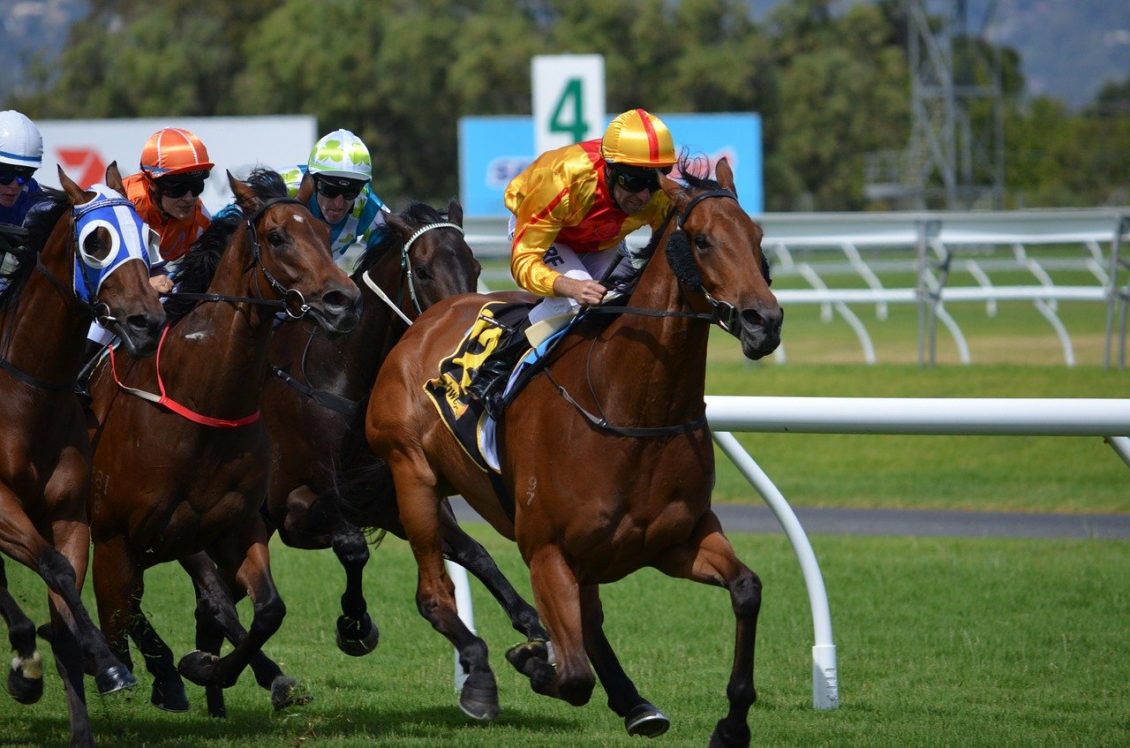While the UK and Ireland continue to grapple with concerns about the future of horse racing, Australia’s industry paints a different picture. The 2023 Melbourne Cup Carnival has not only shattered previous records but has also cemented its status as the nation’s largest economic powerhouse.
Unlike the headlines surrounding the recent Cheltenham Festival, marred by attendance declines and skyrocketing hotel prices, Victoria saw a staggering $468.3 million in economic returns from the Carnival. This milestone cements the Melbourne Cup Carnival as Australia’s most significant economic event, a fact celebrated by the Victoria Racing Club.
The Carnival’s economic impact over the past decade has soared to over $3.7 billion, benefiting a multitude of sectors including retail, entertainment, accommodation, and hospitality.
Accommodation expenditure surged by 22% to over $43 million, while food and beverage spending increased by over 13%, totaling $32 million.
The Carnival attracted a substantial influx of visitors, with 67,555 people flocking to Victoria, marking a 10.9% increase from 2022. Notably, over half a million domestic and international visitors were drawn to the state, illustrating the event’s far-reaching impact.
The Melbourne Cup’s influence extends beyond Victoria, captivating over 50% of Australian adults through television and radio broadcasts. Market research firm IER estimates that Melbourne Cup Day alone generates over $605.7 million in direct spending across Australia, a figure expected to rise further in 2024.
In contrast to sports reliant on TV and sponsorship revenue, horse racing hinges on on-course attendance. The record-breaking financial activity of the 2023 Melbourne Cup was fueled by robust on-course engagement.
Flemington Racecourse witnessed over 262,000 attendees during Cup week, marking a 7% increase from the previous year. Encouragingly for the industry, research suggests a growing interest among 18–29-year-olds, with one-third of first-time attendees falling within this demographic.
Whether the UK and Ireland will draw inspiration from these findings remains to be seen, but the popularity of Australia’s racing does at least offer some home that horse isn’t necessarily in the terminal decline that some might suggest.









Leave a Reply
View Comments